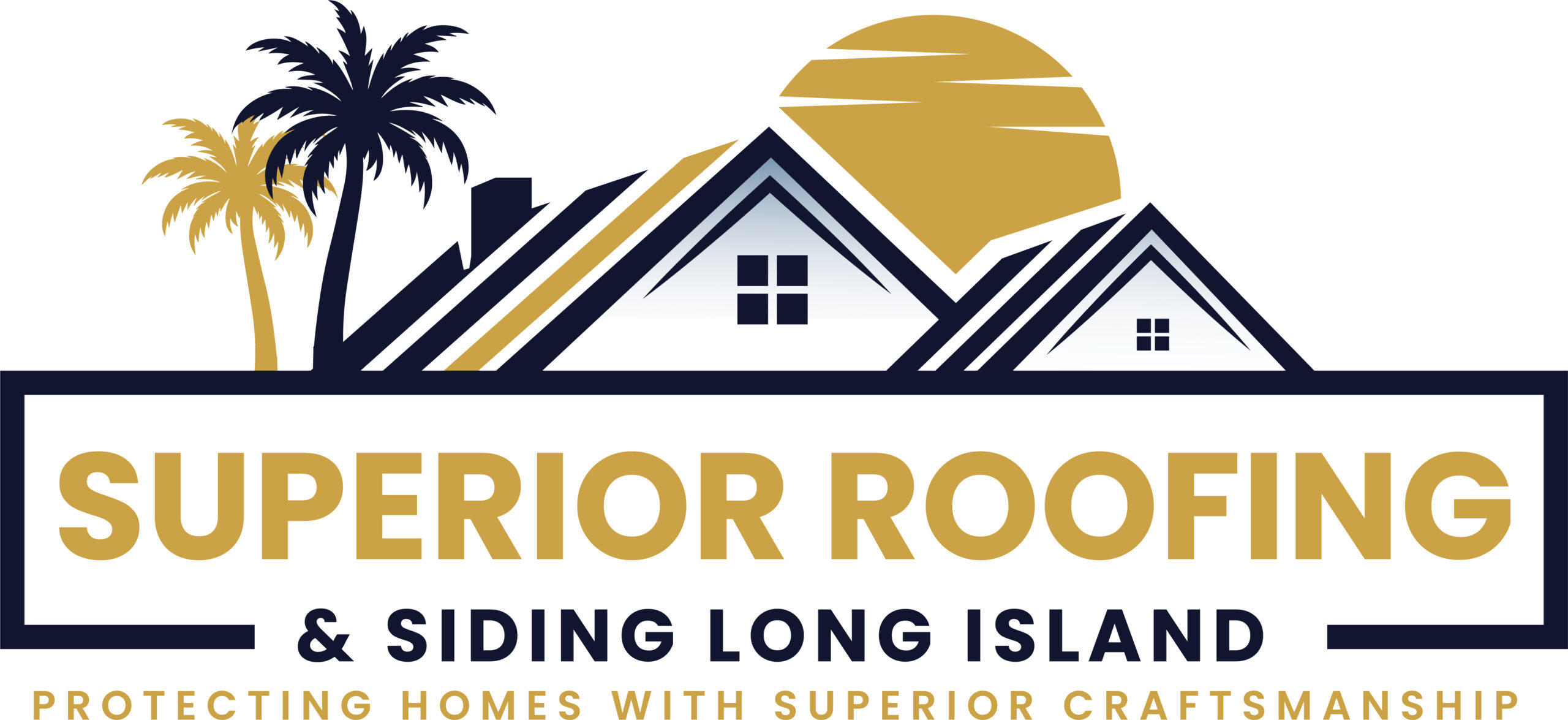Roof leaks can be a real headache for Long Island homeowners and commercial property owners. Understanding where these leaks most often occur can save you time and money in the long run. Roofs have several common trouble spots that are more prone to leaks.
Chimneys, skylights, and vents are frequent culprits. These areas have seams where water can easily seep through if not properly sealed. Additionally, roof valleys, where two roof planes meet, often collect debris, leading to potential leaks. Flashing, the metal used to seal joints, can also deteriorate over time, causing water to find its way inside.
Keeping an eye on these specific areas will help you catch and address leaks before they cause significant damage. Proactive maintenance and regular inspections can make a big difference in the longevity of your roof. By knowing where to look, you can protect your property and avoid costly repairs.
Common Areas for Roof Leaks
Roof leaks often occur in specific areas due to their vulnerability to water penetration. Identifying these areas aids in timely repairs and damage prevention.
Roof Valleys
Roof valleys channel water into the gutter system but can easily form leaks. Poor shingle installation or debris buildup can cause water to seep through, leading to leaks. Regular checks for debris and damage ensure water flows correctly without penetrating the underlying roof structure.
Chimneys and Skylights
Chimneys and skylights require precise sealing to prevent leaks. Older seals degrade over time, allowing water infiltration. Inspect seals around these features periodically. Address wear promptly to avoid water damage inside your property.
Flashing Points
Metal flashing directs water away from joints and seams. Improperly installed or worn flashing often leads to leaks. Focus on areas where the roof meets walls or features like vents. Regularly check for misalignment or rust to maintain the flashing’s effectiveness.
Maintaining these areas reduces the risk of leaks and preserves the integrity of your roof.
Signs of Roof Leaks
Roof leaks often show some telltale signs that alert you to potential issues. By identifying these early indicators, you can take steps to address them before they escalate.
Water Stains and Mold
Look for water stains, typically brown or yellow, on ceilings or walls. These spots can indicate water seeping through the roof. Mold growth is another sign, often a result of moisture buildup from a leak. It usually appears as black or green spots, sometimes accompanied by a musty smell. Both water stains and mold suggest a need to inspect your roof for potential leaks.
Peeling Paint or Wallpaper
Peeling paint or wallpaper often signals moisture getting through where it shouldn’t. Walls or ceilings can swell and cause the paint to blister or the wallpaper to pull away. Seeing this can mean water intrusion from a roof leak. If the interior start showing signs of peeling, check your roof to identify and fix leaks. This preventive action protects the property from further damage.
Causes of Roof Leaks
Roof leaks can occur due to various factors that you can control or prevent. Understanding these causes helps address roof issues before they escalate.
Weather-Related Damage
Weather plays a significant role in roof leaks. Strong winds can lift or remove shingles, exposing the roof to water intrusion. Heavy rain can lead to leaks if the roof drainage is inadequate, causing water to pool. Snow and ice buildup add extra weight, which might damage the roof structure. Freezing and thawing cycles can create ice dams that trap water, leading to leaks.
Poor Installation or Maintenance
Improper installation or lack of maintenance increases the risk of leaks. When professional roofing installation is substandard, it often results in weak areas prone to leaks. Roofs that have missing or loose shingles may allow water to seep through. Failing to maintain your roof with regular inspections and cleanings can exacerbate these issues. A well-maintained roof reduces leak risks significantly.
Prevention Strategies
Efficient strategies can save Long Island property owners from the hassle of roof leaks. Consistent inspections and proper installation are key measures to prevent potential problems.
Regular Roof Inspections
Regular inspections of your roof help catch issues early. Hiring a professional twice a year ensures sensitive areas, like chimneys and skylights, remain well-sealed. Inspections identify degraded seals or debris buildup that could lead to leaks. Also, checking for missing or damaged shingles maintains the roof’s protective barrier. Monitoring these areas allows you to address problems before they escalate.
Quality Installation Practices
Proper installation prevents many roof leaks. Using experienced contractors who follow manufacturer guidelines ensures roofing materials are correctly placed. Quality installation includes correctly fitted shingles and secure flashing around vulnerable spots, such as roof valleys. Contractors should use appropriate sealants to avert potential water ingress. With a solid installation, your roof withstands harsh weather, reducing the risk of leaks.
Conclusion
Understanding where roof leaks commonly occur is crucial for maintaining your property’s integrity. By focusing on vulnerable areas like chimneys, skylights, and roof valleys, you can proactively address potential issues. Regular inspections and proper maintenance are your best defense against costly damage. Look for signs like water stains or mold, which can indicate leaks, and consider professional inspections to ensure quality installation and repair. By staying vigilant and addressing problems early, you’ll protect your investment and extend the life of your roof.

